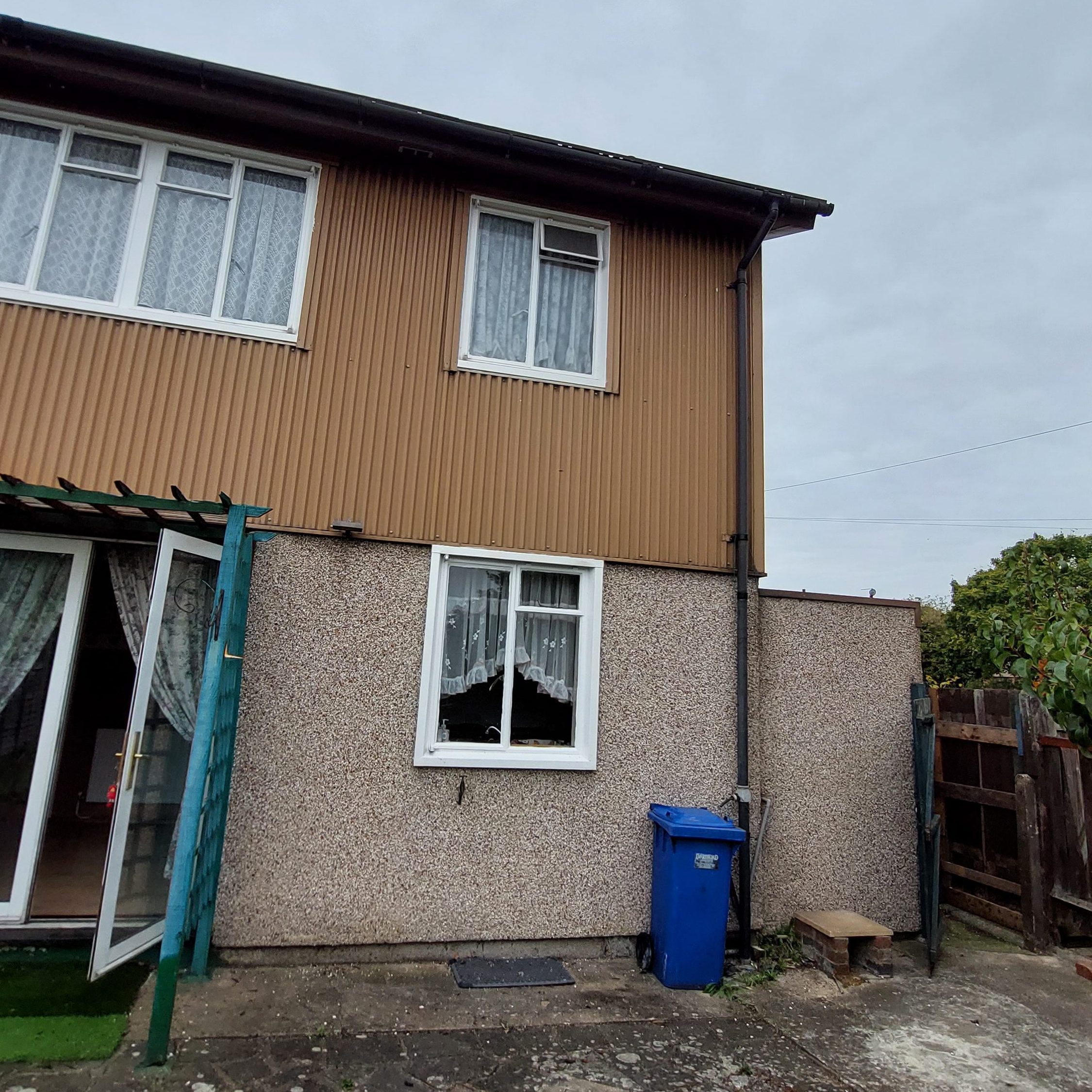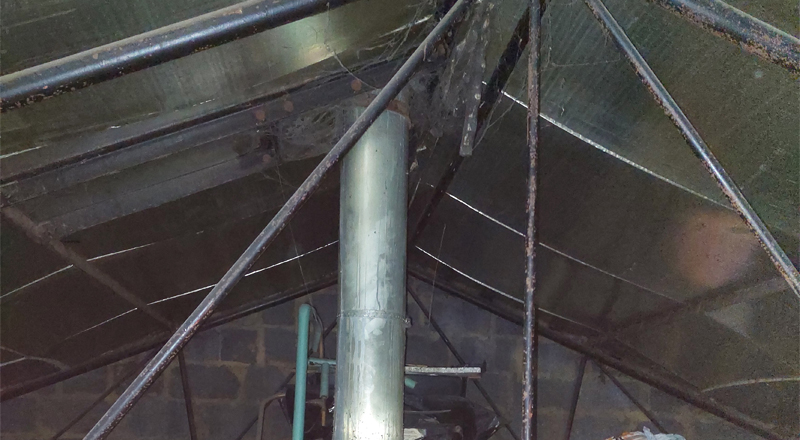Our team at K&A Chartered Surveyors often receive instructions from homebuyers who wish to purchase properties of non-standard construction. It is no secret that the term “non-standard construction” can be alarming to many people, particularly to homebuyers and mortgage lenders. In this article, we look to explore the likely myths and implications homebuyers need to be aware of when purchasing a non-traditional property.
The non-traditional construction homes were initially introduced shortly after the second world war, the built environment has seen significant changes due to the growing demand for higher efficiency of construction, in order to aid the recovery of housing shortage, following destruction of around 2 million properties nationwide. This is when the non-traditional methods of construction were introduced, between approximately 1950 – 1970.
Below, we explore some of the common types of non-traditional properties.
The common types of non-standard methods of construction?
- Timber Framed Construction – Timber framed homes were typically constructed of timber frame with brick party walls and are often provided with brick and/or weatherboarded cladding. The common risks which are associated with this type of property is often related to decay or rot of the timber members due to poor weather proofing and differential movement between the brick cladding and timber frame, which can cause brickwork to bow.
- Steel Framed Systems – The steel framed housing systems were largely provided by the British Iron and Steel Federation (BSIF). These homes are often provided with either steel sheet or rendered finish and the roof covering usually contained Asbestos. The main cause of concern for these dwellings is that they can be prone to water ingress, which can lead to corrosion and subsequent failure of the structural members. A proactive maintenance regime is required to ensure that the property is weather tight to prevent water ingress.
- Concrete Framed Systems – The concrete construction systems can be broadly categorised into two categories; these are precast reinforced concrete and cast in-situ concrete systems. The precast systems are formed by installing prefabricated concrete members together, while the cast in – situ systems are formed on site by pouring concrete into formwork with steel reinforcement.

How does purchasing a property of non-standard construction affect the mortgage?
Unfortunately, the risks associated with these types of properties can raise red flags for many mortgage lenders. Each lender will take a different stance on assessing mortgage applications based upon the perceived risk. Non-traditional construction properties often have a strict lending criterion in comparison with that of a standard home, for example the minimum deposit can be higher and also affect the loan to value ratio.
If you suspect that the property you are purchasing is of non-traditional construction, we can assist in this regard by undertaking a Level 3 Building Survey, so please feel free to contact us.


